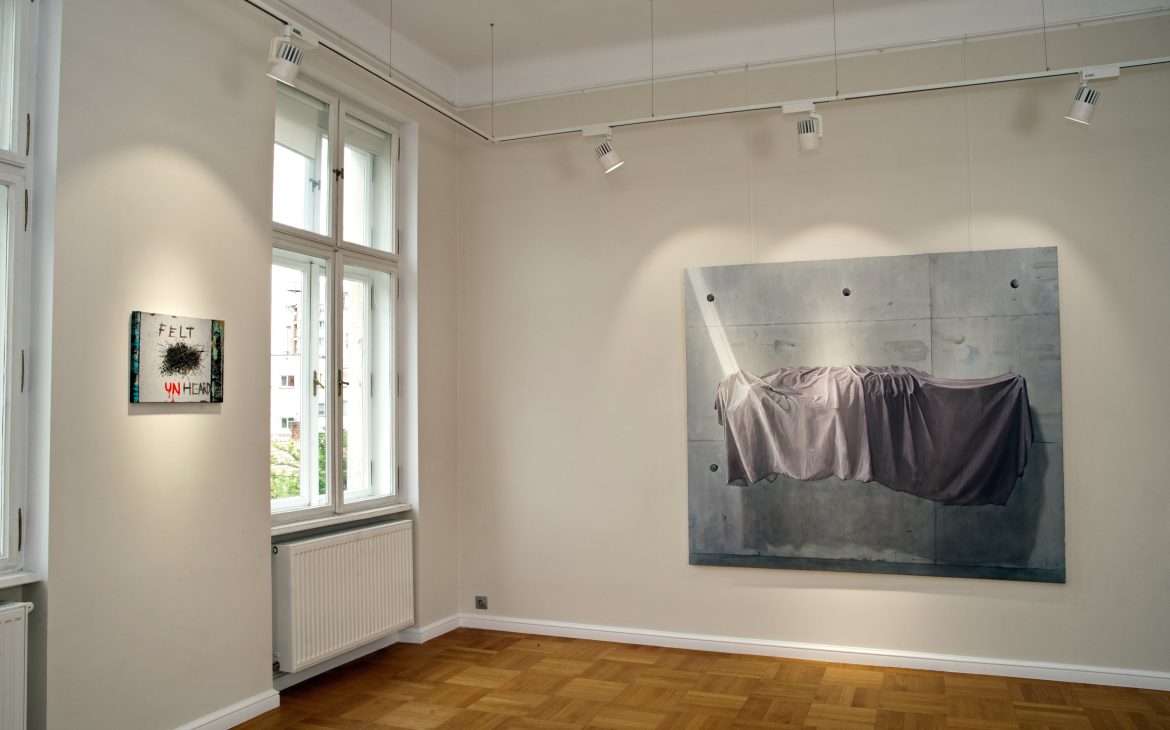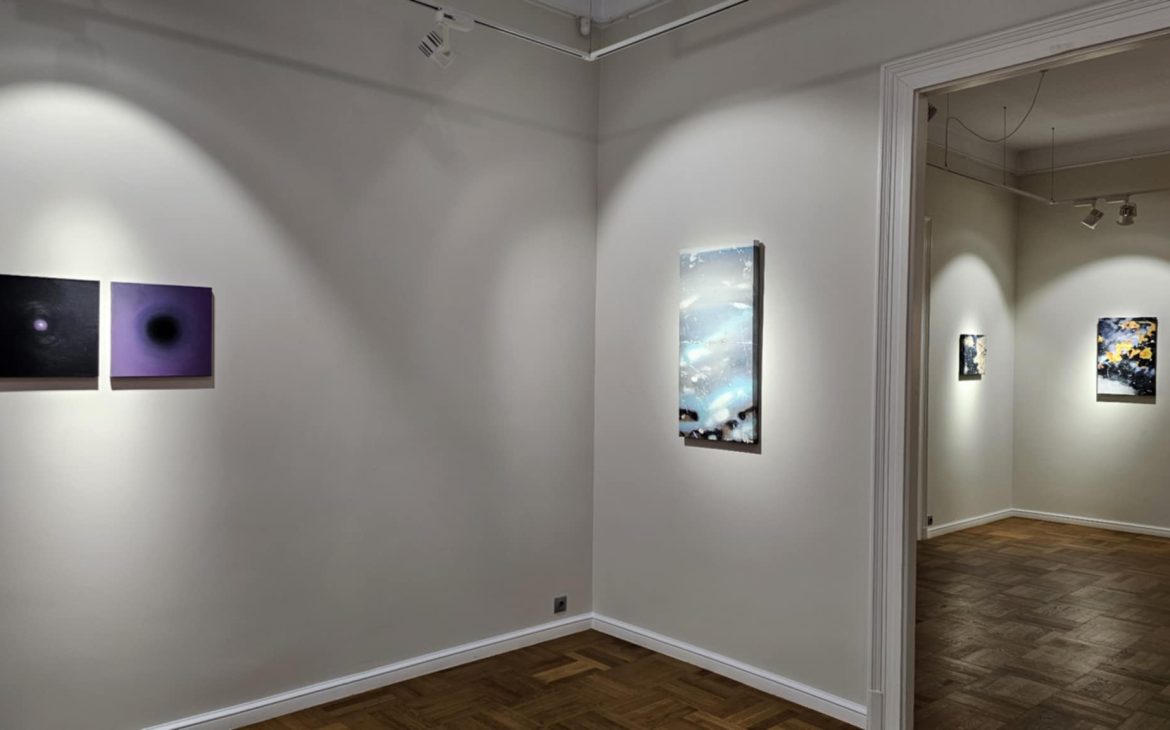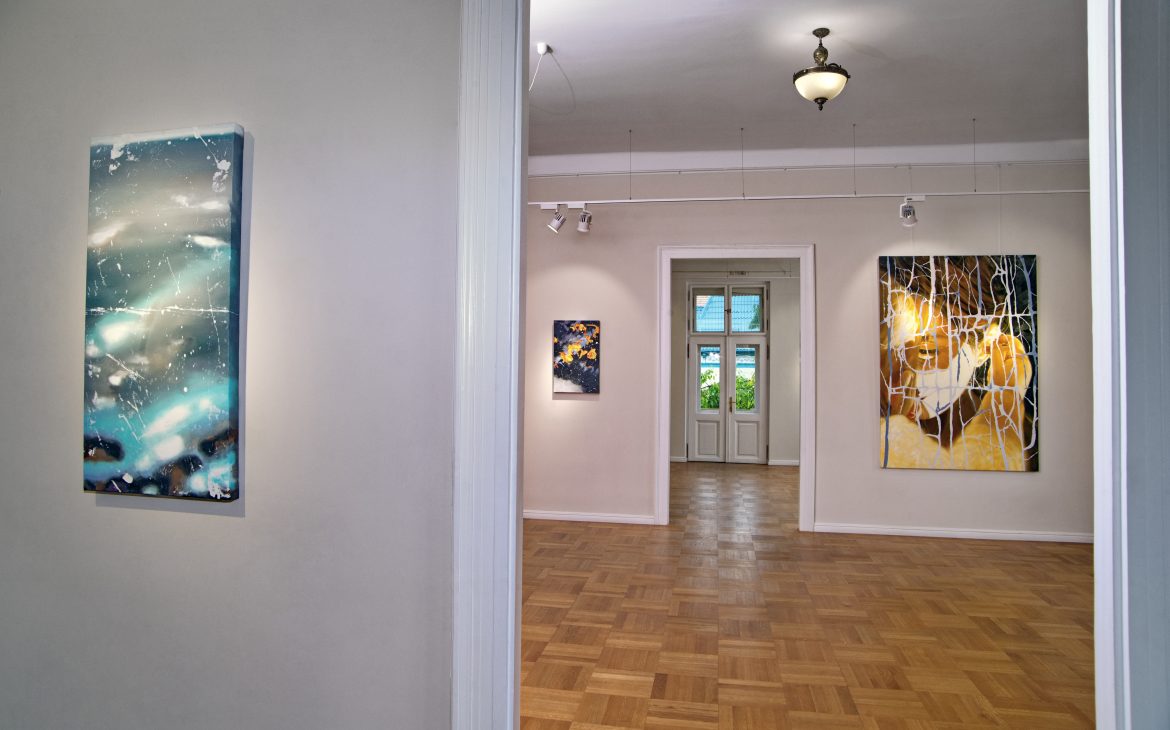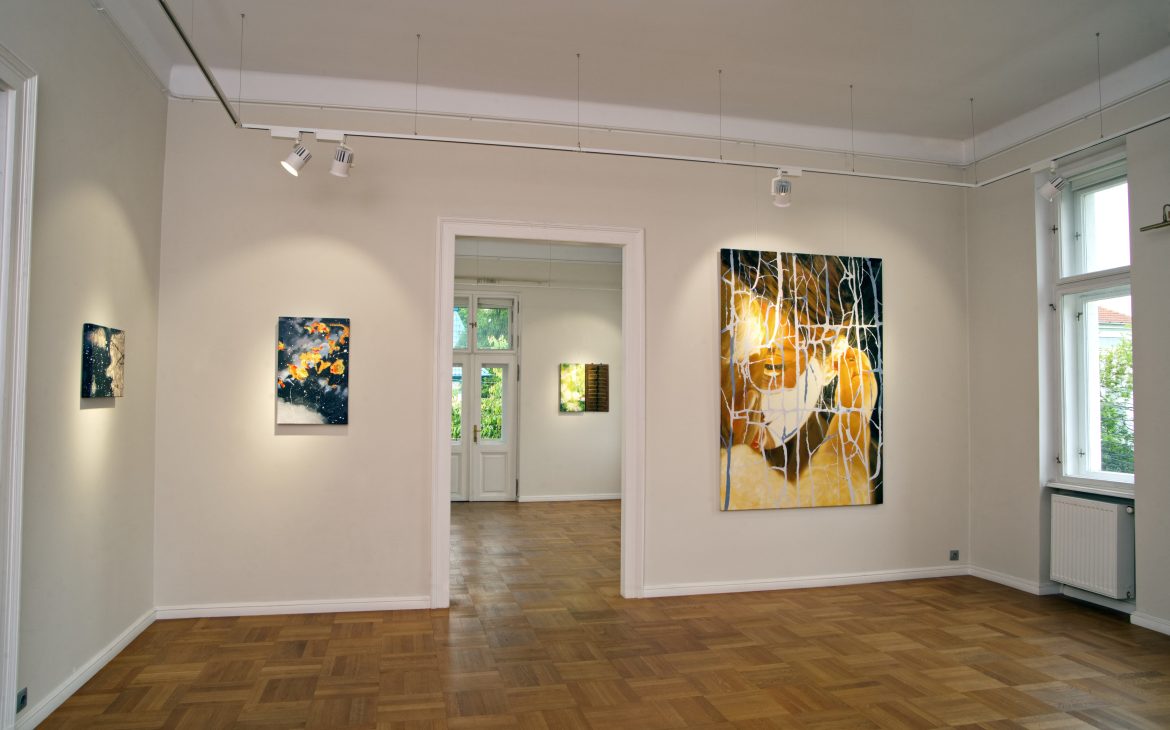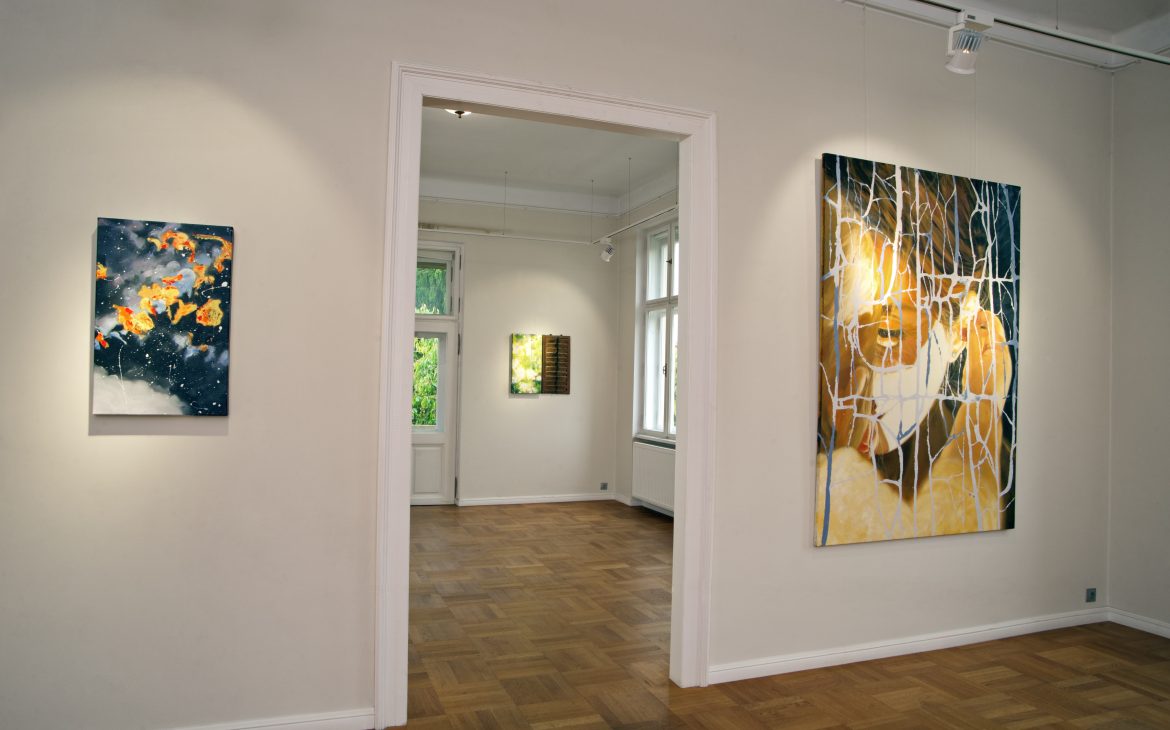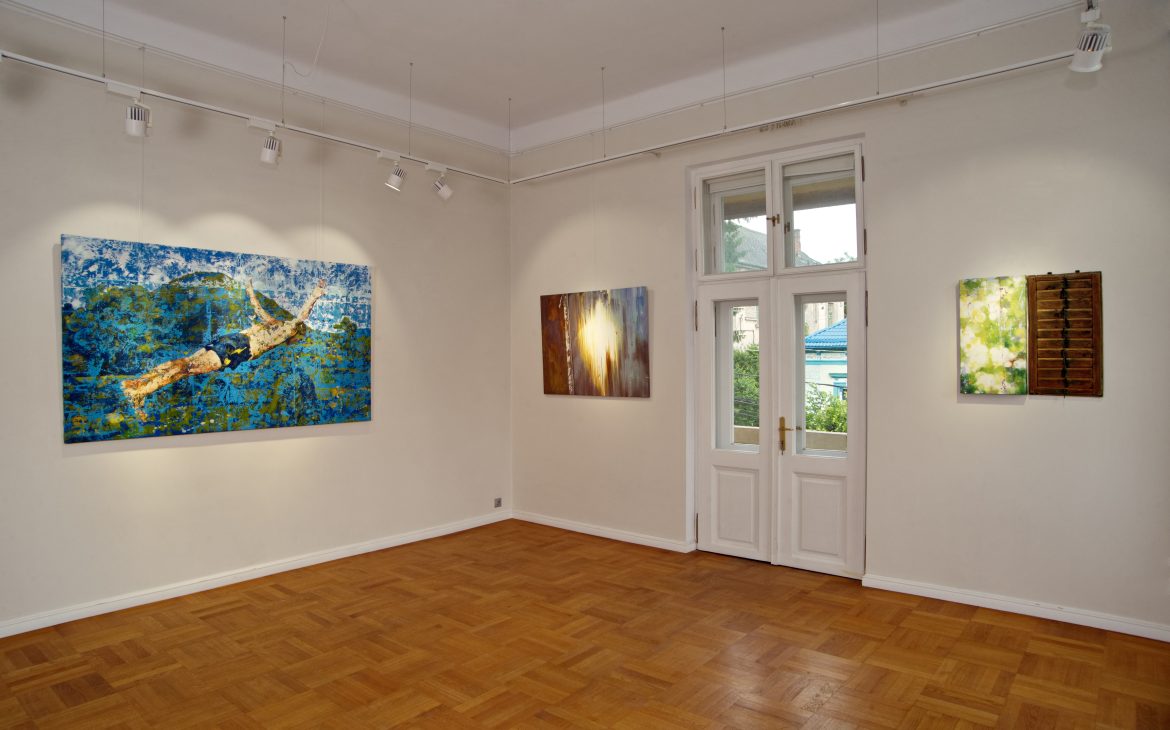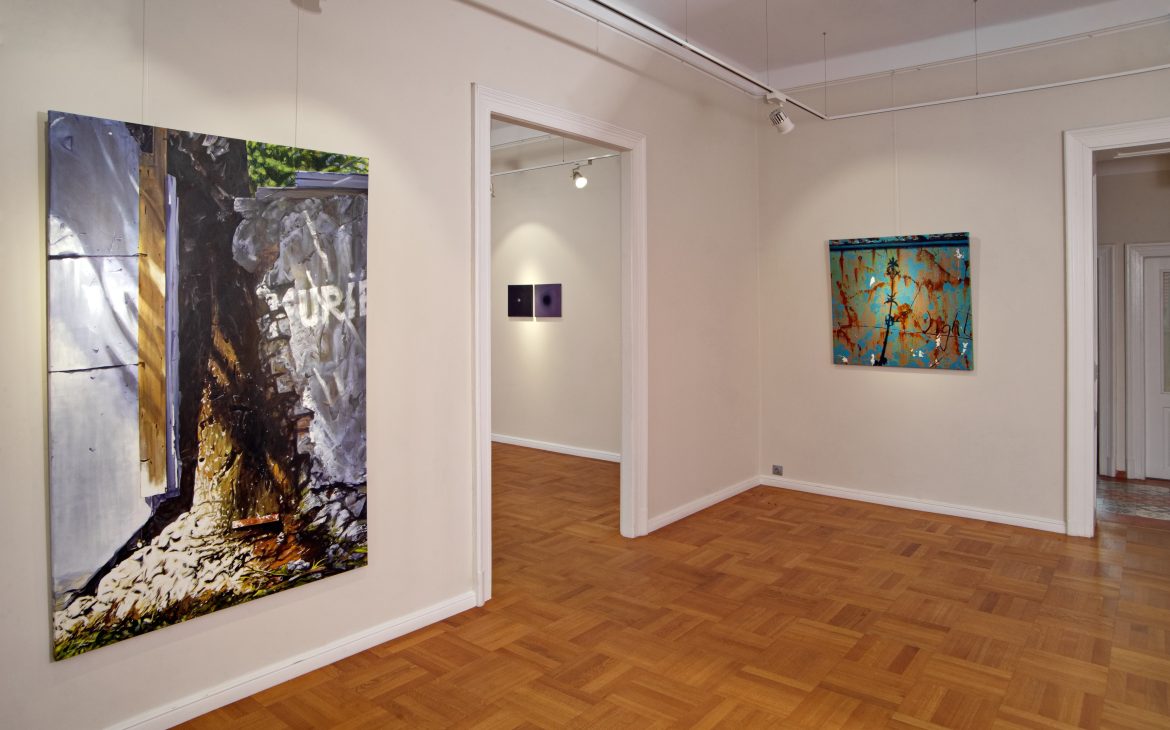The exhibition “The Sensation of Light” by artist Béla Zoltán is on display at Cosman Foundation in Cluj-Napoca until June 15, 2025.
“La legerezza – the lightness – is considered by Italo Calvino one of the main virtues of literature. This is also the sensation that emerges from the paintings of Béla Zoltán, reunited in this exhibition. „Lightness” should not be understood as something easy or frivolous, but literally as something weightless, imponderable, which detaches from the earth and floats, freed from the density of the material world.
Thus, we pass from the physical to the spiritual, to a de-incarnated state of things. Paradoxically, this state is communicated to us through painting, which at first glance is not inclined to lightness, operating through addition and not subtraction. Because Béla’s paintings do not communicate this feeling of light(ness) just through the subjects approached – bodies in the state of weightlessness, games of shadows and lights, stretches of fluffy snow sprinkled on the branches, ready to shake at the slightest touch – but by their own nature.
As Adriana Oprea writes, his paintings „..leave the impression that they are made easily, with a vulnerable gracility, a kind of simple and easy beauty”. In many of them, bright colors predominate, large, undifferentiated surfaces, where even concrete acquires a smooth and pleasant to the touch feel, creating the sensation of space. „The ease” we are talking about does not rhyme with superficiality, in thinking or execution. Béla is an artist who works every day in his studio, chiseling his technique and artistic practice, but all this toil does not appear in his painting. For Bela, the joy of painting still remains paramount, beyond meaning and interpretation. Perhaps from here comes this „legerezza”, this impression that things are made effortlessly, „alla prima”, as he likes to say.
The feeling of lightness goes hand in hand with the light – that’s what we wanted to highlight by the word play in the title of the exhibition (because the flight, the rise in the air, can only be towards the light, as, tragically, Icarus found). Much of Béla’s paintings are not only „bright” – through the chosen colors and the painted materials – but have light as a subject. Games of shadow and light streaked among the leaves, spots of light that „lick” the objects and give them a magical and ephemeral character. Béla Zoltán is also a fine observer, sensitive to the ineffable poetry of everyday objects. Who knows him, knows that he is a collector, not only of objects, but also of „details”: traces, inscriptions, scratches, mysterious signs, discarded objects, „involuntary art”, fragments of daily life that for anyone else would go unnoticed, but which his eye (like a camera) records and distinguishes from the weave of reality, giving them a new status. It has been said many times that the artist’s propensity is the struggle with time.
This fascination with time is present in the painting of Béla Zoltán through the attraction of the ruins. Not only are the objects and images he collects ruins, but also certain paintings. Their surface is wounded, scratched, bearing the signs of time, just like the object whose image they are. They are paintings of the surface, in the sense that the surface of the painting coincides with that of the object represented, in the good tradition of the “trompe l’oeil”. These are totally the opposite of Alberti’s window, because in them the gaze stops on the surface, the sense to which they are addressed being the touch. Even a painting like „Call of the Void”, which reproduces a childhood dream, has this ruin feel.
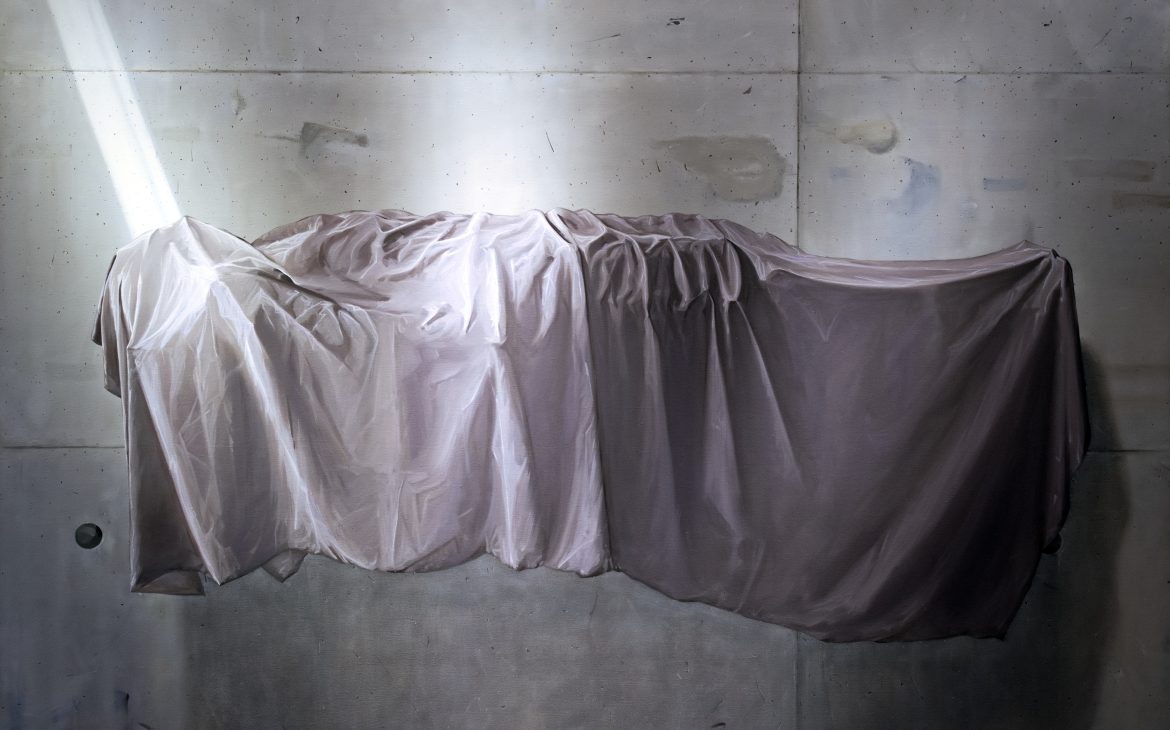
The artist recognizes that „melancholy caused by memories of past times becomes a recurring state.” Is this attraction to ruins, this desire to collect and protect objects or moments, a search for childhood, the lost paradise? The dream of flight, mentioned above, falls into this category. Who does not know the feeling of detachment from the earth, when suddenly we find that what seemed impossible becomes easy, the body becomes light, and we think, „why have we never tried this before?”. In Béla’s painting, the boy stretches his arms, like Icarus, and hovers over the hills of childhood. […]
When I saw Béla again, this autumn in Bucharest, I discovered a series of affinities that I had not noticed before, when we were colleagues at the art university – the same search for the effects of light, the passion for the found objects and for the poetry of the everyday, the care for the preservation of memory – making the 24 years since we had not seen each other to disappear in a moment, become a parenthesis, a suspended time. We agreed then that we would make an exhibition about light; now I realize that the real theme of the exhibition is time – suspended time – as in a flight, as in a dream, as in a memory-the time of eternity.”
Teodora Cosman
